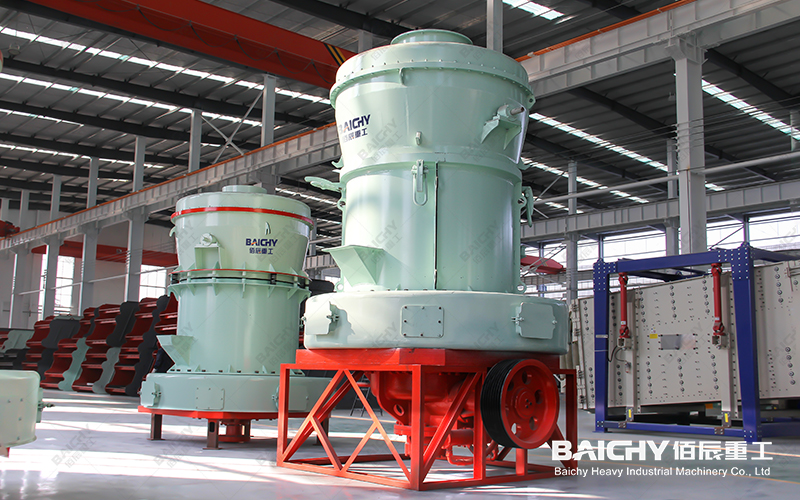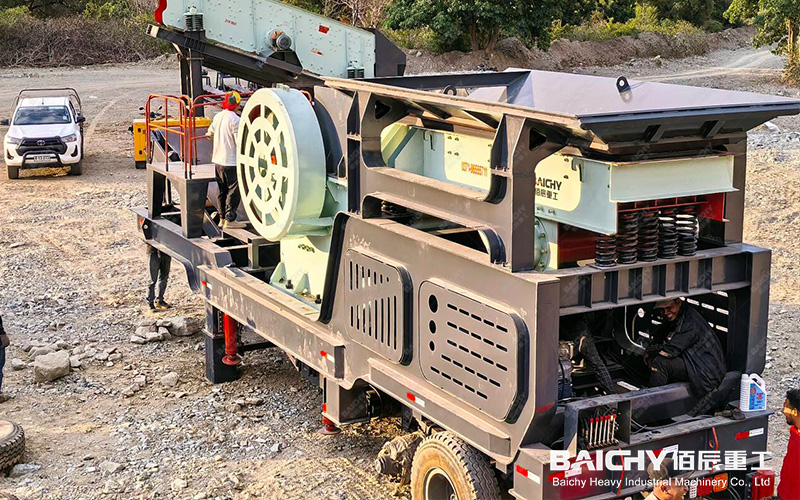
In today's mining, aggregate, and industrial mineral processing industries, production efficiency and product quality directly depend on core grading equipment. When your production target is to process 300 tons of material per hour, with particle sizes ranging from coarse lumps of 3.5 inches (approximately 90 mm) to fine powders of 0.0029 inches (74 microns, approximately 200 mesh), the demands on screening machines reach a whole new level. This is not just screening, but an ultimate test of equipment capacity, grading accuracy, durability, and adaptability.
Understanding Your Unique Screening Challenges
Your application scenario presents several key challenges that no single, conventional screening machine can simultaneously meet:
1. Huge throughput (300 tons/hour): This requires a screening machine with a large screening area and a powerful drive system capable of ensuring rapid and uniform distribution of material on the screen surface, rather than piling up or tripping.
2. Extremely wide particle size range (3.5 inches to 0.0029 inches): From fist-sized stones to powders finer than flour, this means the sieving process may require multi-stage segmentation. One machine might handle pre-sieving (removing oversized particles), while another performs precision grading (to obtain a variety of finished product sizes).
3. Challenges of fine sieving: Sieving 74-micron fine powder is one of the biggest challenges. Materials easily clog the screens, requiring efficient screen cleaning devices (such as bouncing balls, ultrasonic systems); simultaneously, high-throughput fine powder sieving places extremely high demands on screen durability and vibration frequency control.
Recommended Screening Machine Types for Your Needs
Faced with such demanding conditions, the following types of screening machines are worth considering:
• Large Linear Vibrating Screen: This is ideal for handling large volumes of medium to coarse-grained materials. Its powerful dual vibrating motors generate linear motion, making it ideal for preliminary sieving and grading of materials smaller than 3.5 inches. For a throughput of 300 tons/hour, you might need a large linear vibrating screen with a wide, multi-layered screen to simultaneously separate multiple products.
• High-efficiency multi-layered vibrating screen: For applications requiring precise separation of materials into more than three sizes, a multi-layered vibrating screen is the perfect solution. Materials are sieved step-by-step from the coarsest top screen to the finest bottom screen, allowing a single unit to produce multiple finished products, optimizing process flow and floor space.
• High-frequency/ultrasonic vibrating screens specifically designed for fine powders: When the process involves fine sieving down to 74 microns, traditional vibrating screens may be inefficient. High-frequency vibrating screens or those equipped with ultrasonic screen cleaning systems effectively address the issues of fine powder adsorption, agglomeration, and screen clogging, ensuring high sieving efficiency and precision—key to obtaining high-quality, fine products.
Key Considerations When Choosing a Screening Machine
Before making a final decision, please confirm the following details:
• Material Characteristics: In addition to particle size, the material's moisture content, viscosity, bulk density, and abrasiveness are all crucial. Wet and sticky materials require different screen types and cleaning methods.
• Number of Screen Layers and Discharge Ports: How many types of products do you ultimately need? This determines the number of screen layers and the number and layout of discharge ports.
• Durability and Maintenance: Equipment handling 300 tons/hour must be robust and durable. Check the screen box structure, vibrator bearing specifications, and ease of screen replacement.
• Professional Engineering Support: For such a large project, partnering with an experienced screening machine manufacturer is highly recommended. They can provide customized solutions, computer simulations, and ensure the equipment integrates perfectly into your production line.
A throughput of 300 tons per hour, coupled with a wide particle size distribution from coarse to fine powder, is undoubtedly a daunting task. However, by correctly selecting a combination of large linear screens, multi-layer vibrating screens, and high-efficiency fine powder screens, this goal is entirely achievable. Investing in a well-designed, high-performance screening machine is not only a guarantee to meet current production needs but also a strategic decision to improve overall operational efficiency, reduce long-term maintenance costs, and ultimately gain a competitive advantage in the market.










